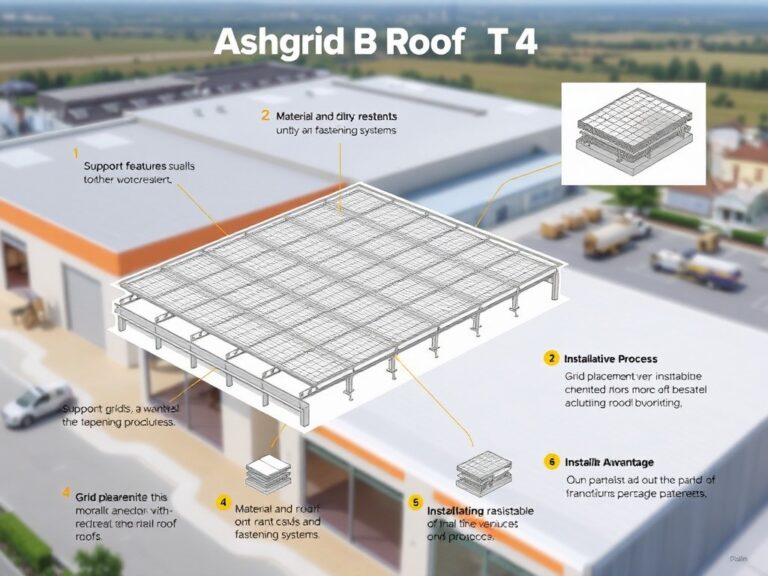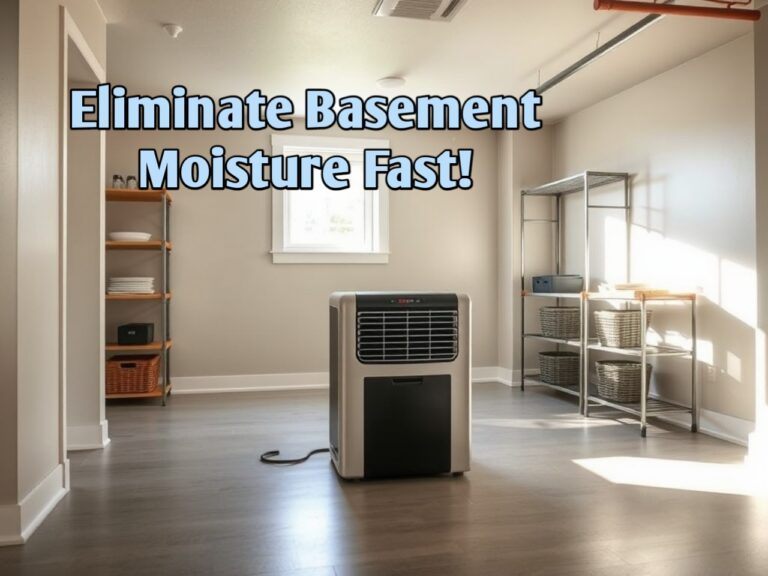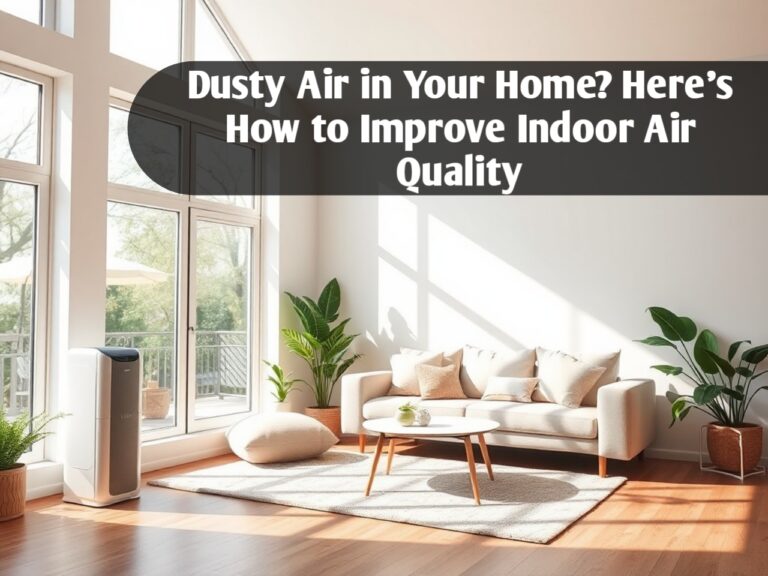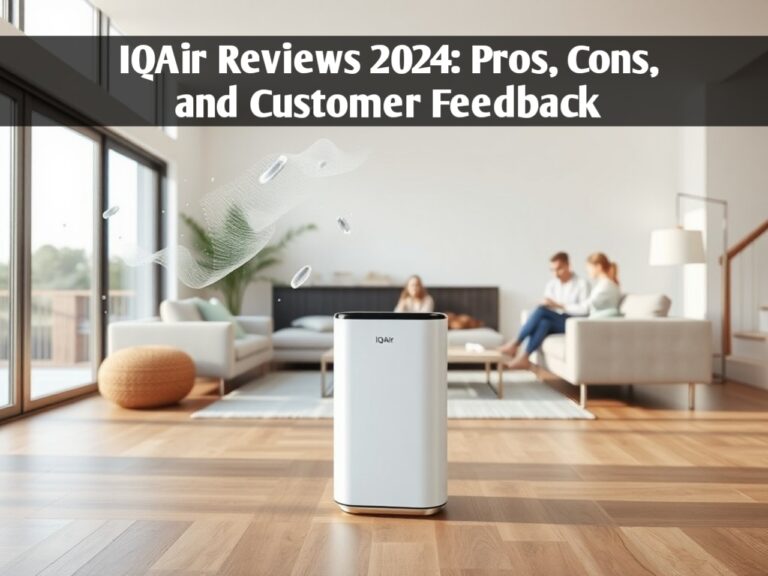How a Nursery Air Purifier Improves Air Quality for Babies
Creating a safe and healthy environment for your baby is every parent’s top priority. While we often focus on things like baby-proofing the house, choosing organic foods, and ensuring proper sleep, we may overlook an equally crucial aspect: air quality. Babies have delicate respiratory systems, and the air they breathe can significantly impact their health. This is where a nursery air purifier comes in. In this article, we will explore how a nursery air purifier can improve air quality for your little one, what to look for when choosing one, and why it is essential for your baby’s well-being.
Understanding the Importance of Air Quality for Babies
Babies are more vulnerable to poor air quality than adults. Their lungs are still developing, and they breathe more rapidly, meaning they inhale more air—and more potential pollutants—per unit of body weight. Indoor air quality can be two to five times worse than outdoor air, and considering that babies spend most of their time indoors, especially in their nurseries, it’s essential to provide them with the cleanest air possible.
Common indoor pollutants, such as dust, pet dander, mold spores, volatile organic compounds (VOCs), and even harmful chemicals from cleaning products or furniture, can compromise air quality. For a baby, exposure to these pollutants can lead to respiratory issues, allergies, and other health problems. This is why investing in a nursery air purifier is a crucial step in creating a healthier indoor environment for your child.
How Nursery Air Purifiers Work
A nursery air purifier functions by filtering out harmful particles and pollutants from the air, ensuring that your baby breathes in clean and fresh air. Most air purifiers work through a combination of different filters, each designed to capture specific types of particles.
The most effective purifiers use HEPA (High-Efficiency Particulate Air) filters, which can remove up to 99.97% of particles as small as 0.3 microns. These filters are excellent for trapping dust, pollen, pet dander, and other allergens. Additionally, many nursery air purifiers include an activated carbon filter, which absorbs gases and odors, such as those from VOCs, smoke, or household chemicals. Some advanced models even have UV-C light technology that can kill airborne bacteria, viruses, and mold spores.
By cycling the air in the room multiple times an hour, an air purifier continuously removes contaminants, improving overall air quality. This constant filtration is especially important in nurseries, where maintaining a clean and safe environment is critical for the baby’s health and comfort.
Health Benefits of Using an Air Purifier in the Nursery
Reducing Allergens and Asthma Triggers
One of the most significant benefits of using a nursery air purifier is its ability to reduce allergens in the air. Babies with a family history of allergies or asthma are particularly sensitive to common allergens like dust mites, pet dander, and mold spores. These allergens can trigger asthma symptoms or cause allergic reactions, such as sneezing, coughing, and watery eyes. An air purifier with a HEPA filter can capture these microscopic allergens, minimizing your baby’s exposure and reducing the risk of respiratory issues.
Eliminating Harmful Airborne Chemicals
Modern homes are filled with chemicals from everyday products, including cleaning supplies, paints, furniture, and even baby products. These chemicals can emit volatile organic compounds (VOCs), which can be harmful when inhaled. Prolonged exposure to VOCs may cause respiratory irritation and other health problems. A nursery air purifier equipped with an activated carbon filter can absorb these harmful gases, creating a safer breathing environment for your baby.
Reducing Risk of Respiratory Infections
Babies have developing immune systems, making them more susceptible to infections, especially respiratory infections. Some air purifiers come with UV-C light technology, which can kill airborne bacteria, viruses, and mold spores. By eliminating these pathogens from the air, an air purifier can help reduce the risk of your baby contracting illnesses such as colds, flu, and other respiratory infections. This is particularly important during flu season or in households with multiple children, where germs can spread easily.
Better Sleep Quality for Your Baby
Clean air doesn’t just affect your baby’s health; it also plays a vital role in their sleep quality. Poor air quality can lead to stuffy noses, coughing, or even difficulty breathing, disrupting your baby’s sleep patterns. A nursery air purifier helps remove these irritants, allowing your baby to breathe easier and sleep more soundly. Additionally, many air purifiers produce white noise, which can create a soothing environment that promotes better sleep.
What to Look for When Choosing a Nursery Air Purifier
HEPA and Carbon Filtration
When selecting a nursery air purifier, it’s essential to choose one that features both HEPA and activated carbon filters. The HEPA filter ensures that small particles like dust, pollen, and pet dander are effectively removed, while the activated carbon filter absorbs gases, odors, and harmful VOCs. These two filtration systems work together to create a comprehensive solution for maintaining clean air in the nursery.
Coverage Area and CADR Rating
Consider the coverage area of the air purifier. This is the square footage that the device can effectively purify. To ensure that the air purifier is suitable for your nursery, measure the room’s dimensions and compare it to the purifier’s specifications. The Clean Air Delivery Rate (CADR) is another important factor to look at, as it indicates how quickly the purifier can clean the air. The higher the CADR rating, the faster and more efficient the air purifier will be at removing pollutants.
Noise Levels
Babies are sensitive to noise, so choosing an air purifier that operates quietly is crucial, especially if it will run while your baby sleeps. Look for models that have a low decibel rating or include a quiet or sleep mode to ensure that the air purifier won’t disrupt your baby’s nap time.
Energy Efficiency
Air purifiers often run 24/7, so it’s important to choose an energy-efficient model to keep electricity costs down. Look for purifiers that are Energy Star certified, as they are designed to use less energy without sacrificing performance.
Ease of Maintenance
To maintain optimal performance, air purifiers require regular filter changes. When choosing a nursery air purifier, consider how often the filters need to be replaced and how easy it is to do so. Some models have filter replacement indicators, which can be helpful in reminding you when it’s time to swap out the filters.
How Often Should You Use an Air Purifier in the Nursery?
Many parents wonder how often they should run an air purifier in the nursery. Ideally, the air purifier should run continuously to maintain a consistent level of clean air. However, if you are concerned about energy use, running the air purifier during the day and especially while your baby sleeps can be sufficient.
The air quality in your home and nursery may fluctuate throughout the day, depending on factors like outdoor pollution levels, humidity, and household activities. Using an air purifier during high-pollution times, such as when cooking, cleaning, or if someone in the household smokes, can significantly improve the air quality in the nursery.
Additional Steps to Improve Nursery Air Quality
While a nursery air purifier is an excellent tool for improving indoor air quality, there are additional steps parents can take to create a healthier environment for their baby. Consider the following:
- Regular cleaning: Dust and vacuum the nursery frequently to remove allergens from surfaces and floors.
- Natural cleaning products: Use non-toxic, eco-friendly cleaning products to minimize the release of VOCs into the air.
- Proper ventilation: Ensure that the nursery is well-ventilated by opening windows when possible to allow fresh air to circulate.
- Avoid smoking indoors: Smoking indoors can severely affect indoor air quality. Make sure that your home is a smoke-free environment.
- Humidity control: Invest in a humidifier or dehumidifier, depending on your climate, to maintain optimal humidity levels in the nursery. Humidity levels between 40% and 60% can prevent mold growth and reduce the likelihood of respiratory irritation.
Common Myths About Nursery Air Purifiers
Myth 1: Air Purifiers Are Not Necessary if the Nursery is Clean
Many parents assume that keeping the nursery clean is enough to ensure good air quality. While regular cleaning is essential, it’s nearly impossible to remove all microscopic allergens and pollutants from the air through cleaning alone. Dust, pollen, pet dander, and VOCs can linger in the air, and that’s where an air purifier plays a vital role.
Myth 2: All Air Purifiers are the Same
Not all air purifiers are created equal. Some purifiers are better suited for removing large particles like dust, while others excel at eliminating odors or chemical gases. It’s essential to choose a model specifically designed to meet the needs of a baby’s nursery, with features like HEPA filtration and quiet operation.
Myth 3: Air Purifiers Can Replace Proper Ventilation
While air purifiers significantly improve indoor air quality, they do not replace the need for proper ventilation. Opening windows to let fresh air in is still important, especially in rooms that may contain indoor air pollutants.
Conclusion: A Nursery Air Purifier for a Healthier, Happier Baby
A nursery air purifier is more than just a luxury—it’s a vital tool in ensuring that your baby breathes clean, healthy air. From reducing allergens and chemicals to promoting better sleep and reducing the risk of respiratory infections, the benefits of using an air purifier in the nursery are clear. By choosing the right air purifier with the proper filtration and features, you can create a safer, healthier environment that supports your baby’s overall well-being.
Investing in a quality air purifier is a step toward giving your baby the best possible start in life, protecting their health from day one.
Read Also Our This Post: What Does Pet Dander Look Like? A Clear Guide to Spotting It

Kamran Khatri is a versatile writer and editor at ExpressZone.co.uk, bringing fresh perspectives and insightful commentary across a wide range of topics. With a passion for exploring diverse subjects—from technology, business, and finance to lifestyle, travel, and the arts—Kamran aims to inform, inspire, and engage readers through well-researched articles and thought-provoking content.
His work spans multiple categories including health, education, pets, entertainment, real estate, and sustainability, reflecting his commitment to delivering knowledge that connects with everyday life. Whether breaking down the latest trends, sharing practical tips, or highlighting cultural insights, Kamran’s writing combines clarity with creativity.
When he’s not crafting stories for ExpressZone.co.uk, Kamran enjoys keeping up with global developments, exploring innovative ideas, and connecting with readers who share his curiosity about the world.

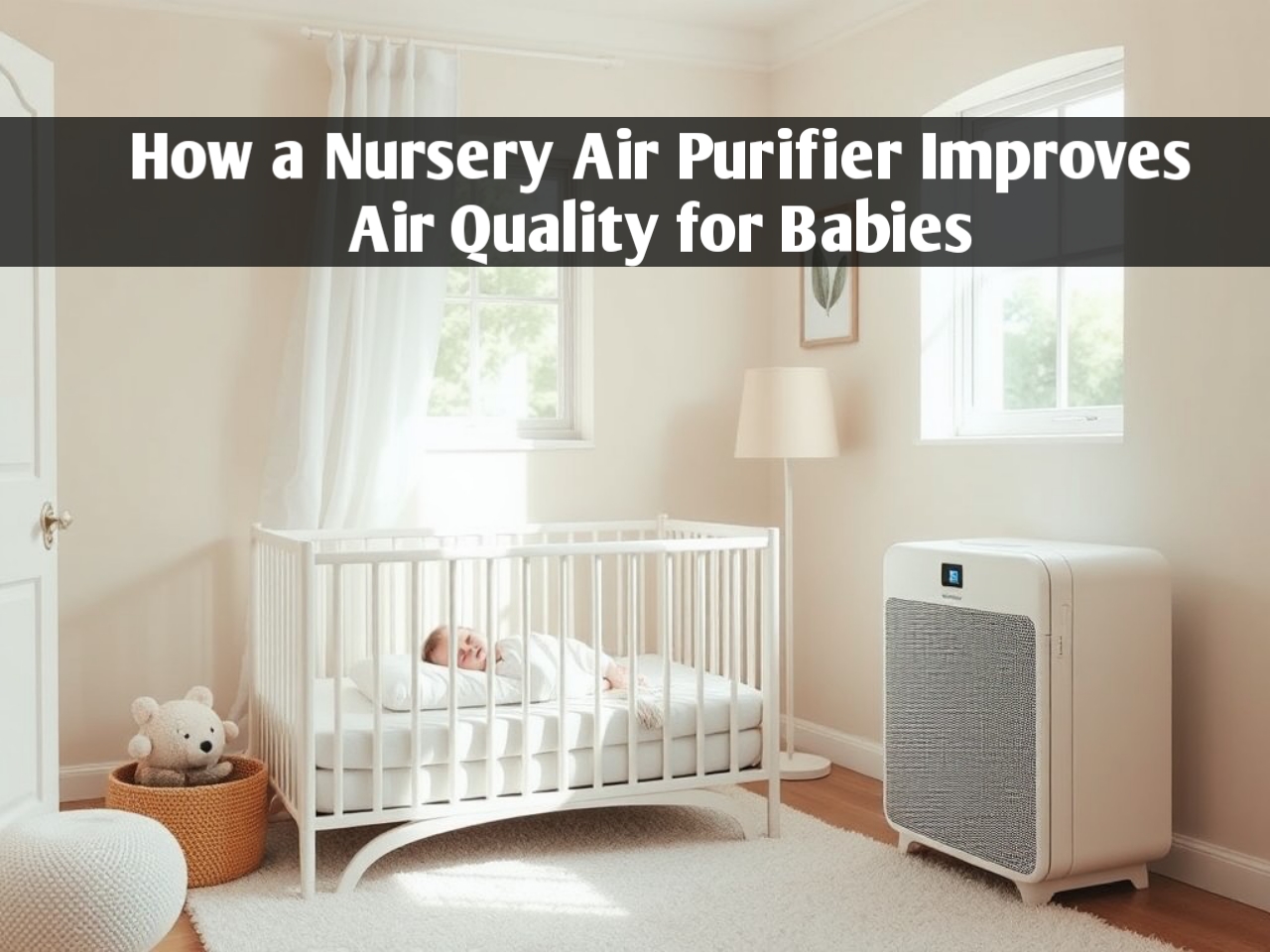

![Clarifion Reviews: Does This Air Purifier Really Work? [2024 Update]](https://expresszone.co.uk/wp-content/uploads/2024/10/20241015_214536-768x576.jpg)
